Anglo-Saxon Kingdoms: Kent
Whereas Mercia and Wessex were just getting into their stride during the Middle Saxon period, Kent is notable in that its predominance (and indeed, independence) was coming to an end. Although a major force to be reckoned with during the 6th to earlier 7th centuries (and indeed, the kingdom through which Christianity had come to Britain by Augustine’s mission of 597), by c. 785 the kingdom had come under total, direct control of the Mercian kings. However, initial power plays had been made by King Offa some 20 years earlier in c. 764, when he attempted to increase influence through kings such as Heabert and Echberht, engaging in administrative procedures such as the confirming and issuing of charter documents. Kent was a welcome addition to the Mercian fold; not only was it an agriculturally fertile area that effectively controlled one of the key entry points into England for continental trade, but it also guarded the approaches to Lundenwic (London) and possessed a large number of wealthy religious institutions – including the up-and-coming Archbishopric of Canterbury, one of England’s most developed towns at this time. In a similar vein to the Northumbrian monasteries, the importance of scriptoria (specialist institutions where documents were copied) and production of high-quality theological manuscripts was a key facet of the southern church as well.
Ruled directly by Offa until his death in 796, the subsequent power vacuum that existed due to the absence of his symbolic might and unexpected death of his only son Ecgfrith in December 796 caused unrest and rebellion in several of Mercia’s vassal territories – including Kent. From 796-798, Kent re-asserted its independence in one last hurrah under King Eadberht III ‘Praen’ before being crushed and brought back to the Mercian fold once again. A new client king was instituted, and no further attempts to dissent were made. The overlordship of Mercia was exchanged in 825 for that of Wessex, as the latter took the dominant position in England from its rival following the Battle of Ellandun. The last supposed Mercian-aligned vassal, Baldred, was expelled following this victory.
As with three of the other four coin-issuing Anglo-Saxon kingdoms in this period, Kent switched from the issuing of small-sized sceattas somewhere around the middle of the 8th century. Only one denomination was thereafter produced – the broad-flan silver penny. Like Northumbria, where kings issued coinage alongside the Archbishops of York, so too did the Archbishops of Canterbury exercise this privilege. Although initially struck jointly in the names of both the relevant archbishop and Offa, after his death prelates tended to strike in their own names – proudly displaying in many cases that the coins were struck at Dorobernia Civitas – the city (and connected archiepiscopal mint) of Canterbury. After the expulsion of Baldred, there were no other secular rulers of Kent – and thus the only coinage that continued to be struck during this period was that issued by the Archbishops of Canterbury up till c. 914.
Due to its wealthy religious houses and relatively exposed coastal position, Kent bore the brunt of many Scandinavian raids through the first half of the 9th century – most of these occurring before the invasion of the ‘Great Heathen Army’ in 865. A force that reportedly landed on Sheppey in 811 was only repulsed by direct military action, the island being attacked for a second time in 835 and an army overwintering there through 854-855. Thanet suffered this fate also, used as a base from 851-852 after the infamous 851 double assault on both Canterbury and the coastal town of Sandwich. Rochester (effectively Kent’s second town) was unlucky enough to be attached twice – in 842 and 885 respectively. Although stability would eventually return to Kent under the united leadership of Alfred the Great, moments of crisis occasionally reared their heads – such as the c. 10,000 strong army under Hæsten, which invaded Kent in 892 and built fortifications at Appledore, raiding inland settlements for the next four years before departing.
Collecting Middle Saxon coins from the Kingdom of Kent is a highly challenging (yet extremely interesting) pursuit – as these pieces are, in general, very rarely encountered. This fact may partially be a product of the intense Viking attacks Kent was subjected to in the 9th century, when a great deal of portable wealth (including large amounts of coin) was pillaged by Scandinavian raiders. Coins of the earliest kings to strike, Heaberht and Ecgberht, are extremely rare and virtually unknown outside of museum collections. Eadberht Praen’s coinage seems to have been larger, but is still rarely encountered – with only twenty recorded via the Fitzwilliam Museum’s ‘Early Medieval Corpus’, an important academic database of coins in museum collections and single finds by detectorists. Eadberht’s coinage may have been itself targeted in a form of damnatio memoriae – after all, it would not do to have the coins of a renegade Kentish upstart circulating alongside issues of rightful, legitimate Mercian overlords! Most commonly encountered are coins of the re-instated client kings, Cuthred and Baldred, who strike the greatest number of different types for the Kentish series through the products of at least 14 different moneyers.
Another series of Kentish coins available to collectors are issues of the six Archbishops of Canterbury who struck, a number of which have been brought to light in recent years by metal detectorists. These frequently feature distinctive facing portraits (unusual, given the profile depictions of most rulers up till this point) and ornate monogram motifs on their reverse faces. Of these, Wulfred (805-832) and Ceolnoth (833-870) are the most commonly encountered – with Jænberht (765-792) and Æthelred (870-889) the rarest. If you are a proud resident of Kent, Canterbury itself or even perhaps a student of early English church history – these iconic coins will certainly appeal to your sense of county, civic or ecclesiastical pride!

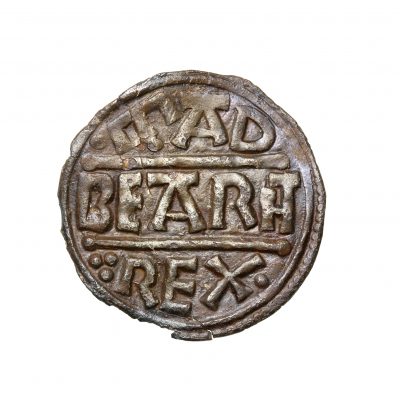
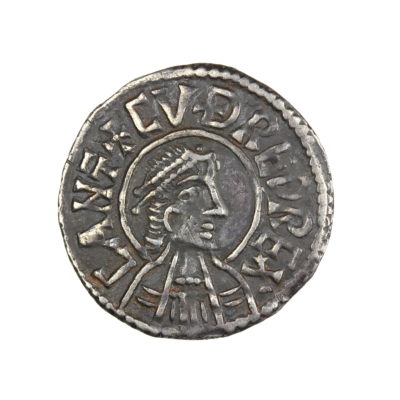
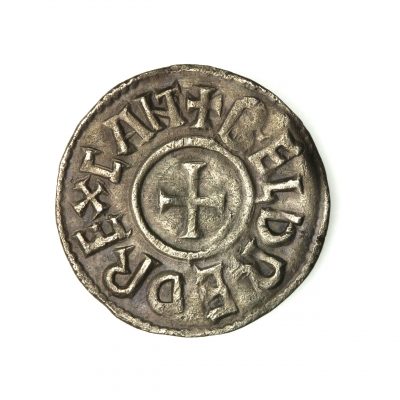
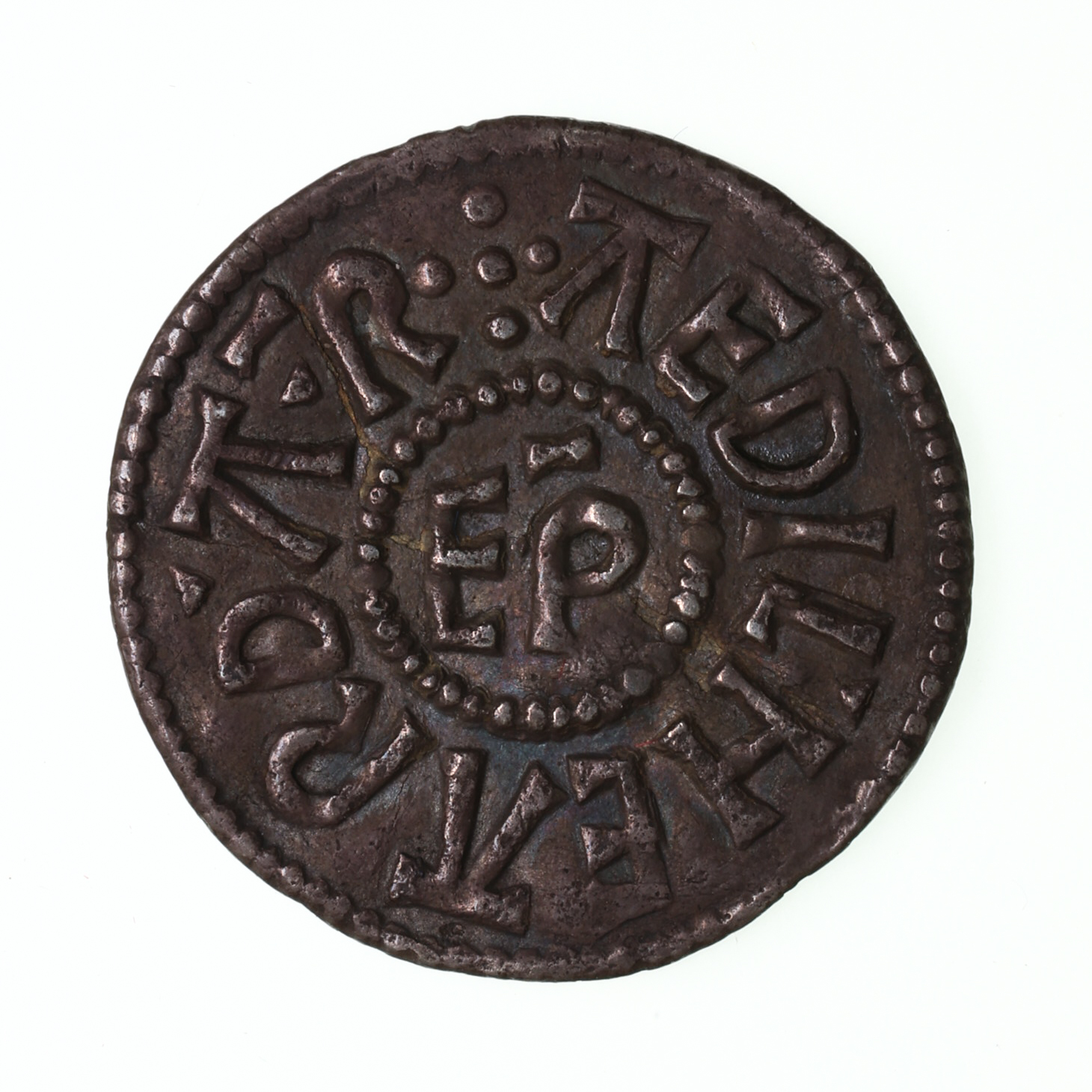
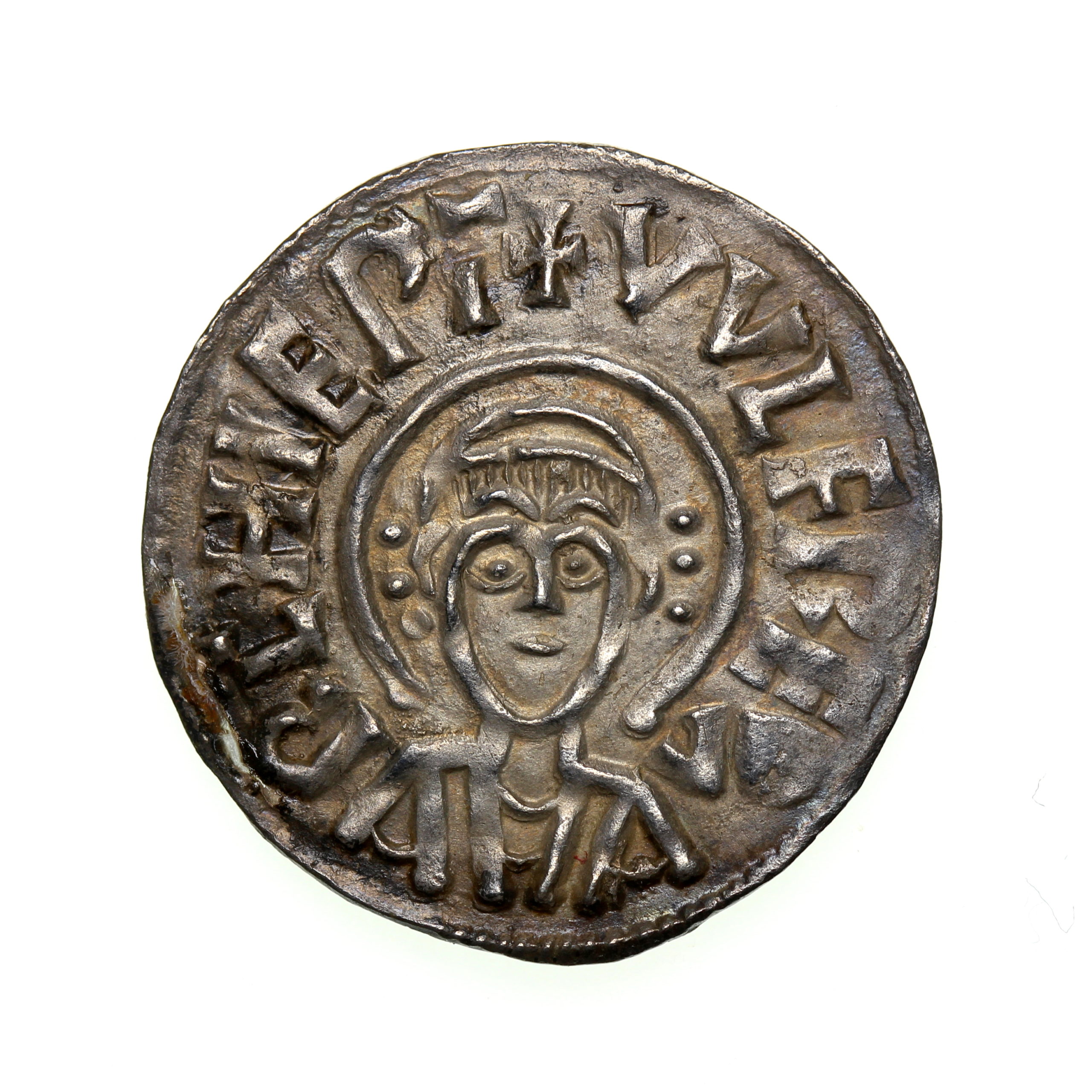
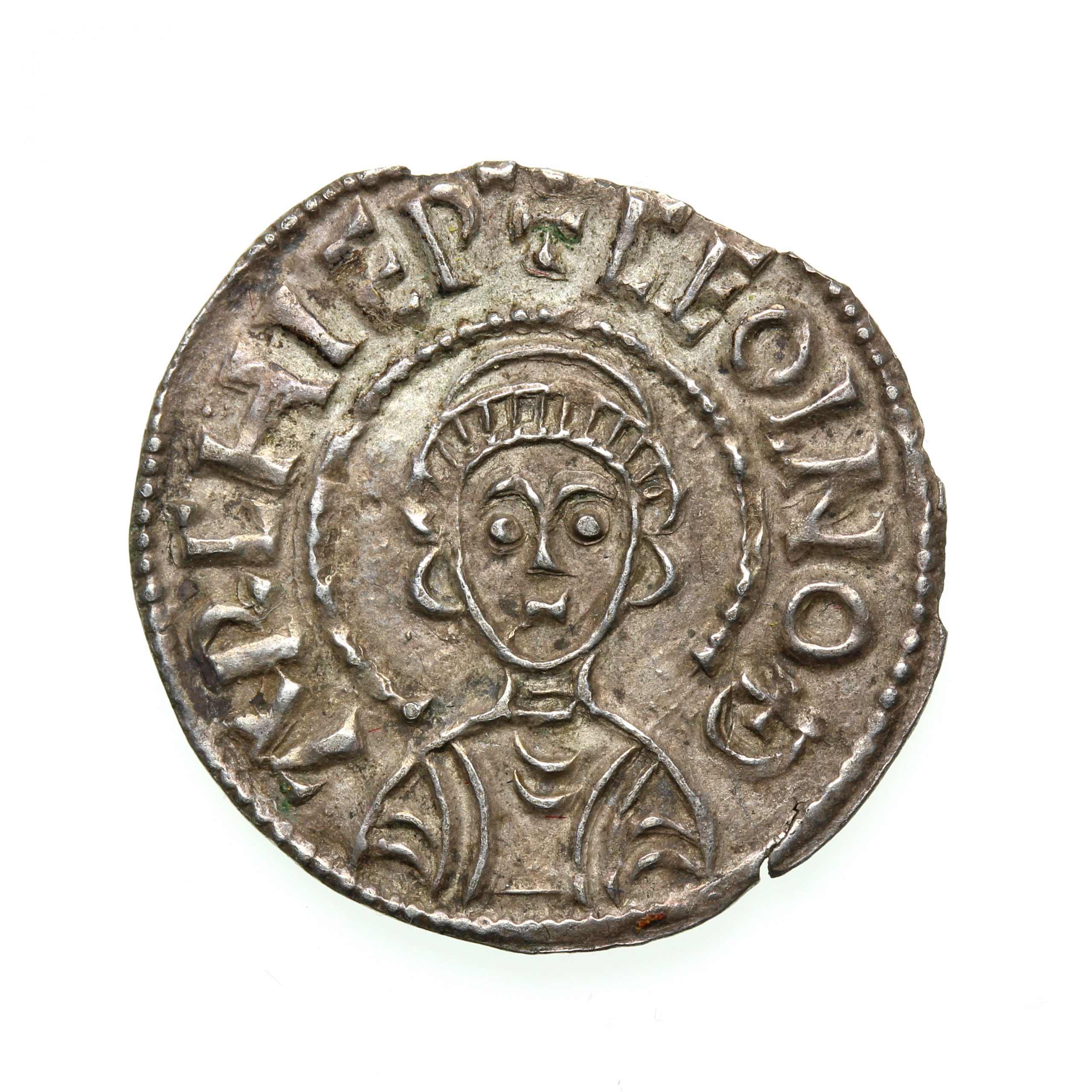 Ceolnoth (833-870) – the longest-active Archbishop at some 37 years in office, at his accession in 833 Ceolnoth possessed the unenviable position of having two major problems to deal with. Firstly, the increase in Scandinavian attacks on both Kent and Canterbury itself. Secondly, how to move forward with Kent’s new overlords – the Kingdom of Wessex. Working in co-operation with Egbert, the King of Wessex, Ceolnoth brokered an agreement that in return for military protection and the ceding of control regarding minsters to the crown, he would support the succession of Egbert’s son to the throne. Despite this diplomacy, raiding continued largely unabated – and many monastic communities were wiped out as a consequence.
Ceolnoth (833-870) – the longest-active Archbishop at some 37 years in office, at his accession in 833 Ceolnoth possessed the unenviable position of having two major problems to deal with. Firstly, the increase in Scandinavian attacks on both Kent and Canterbury itself. Secondly, how to move forward with Kent’s new overlords – the Kingdom of Wessex. Working in co-operation with Egbert, the King of Wessex, Ceolnoth brokered an agreement that in return for military protection and the ceding of control regarding minsters to the crown, he would support the succession of Egbert’s son to the throne. Despite this diplomacy, raiding continued largely unabated – and many monastic communities were wiped out as a consequence.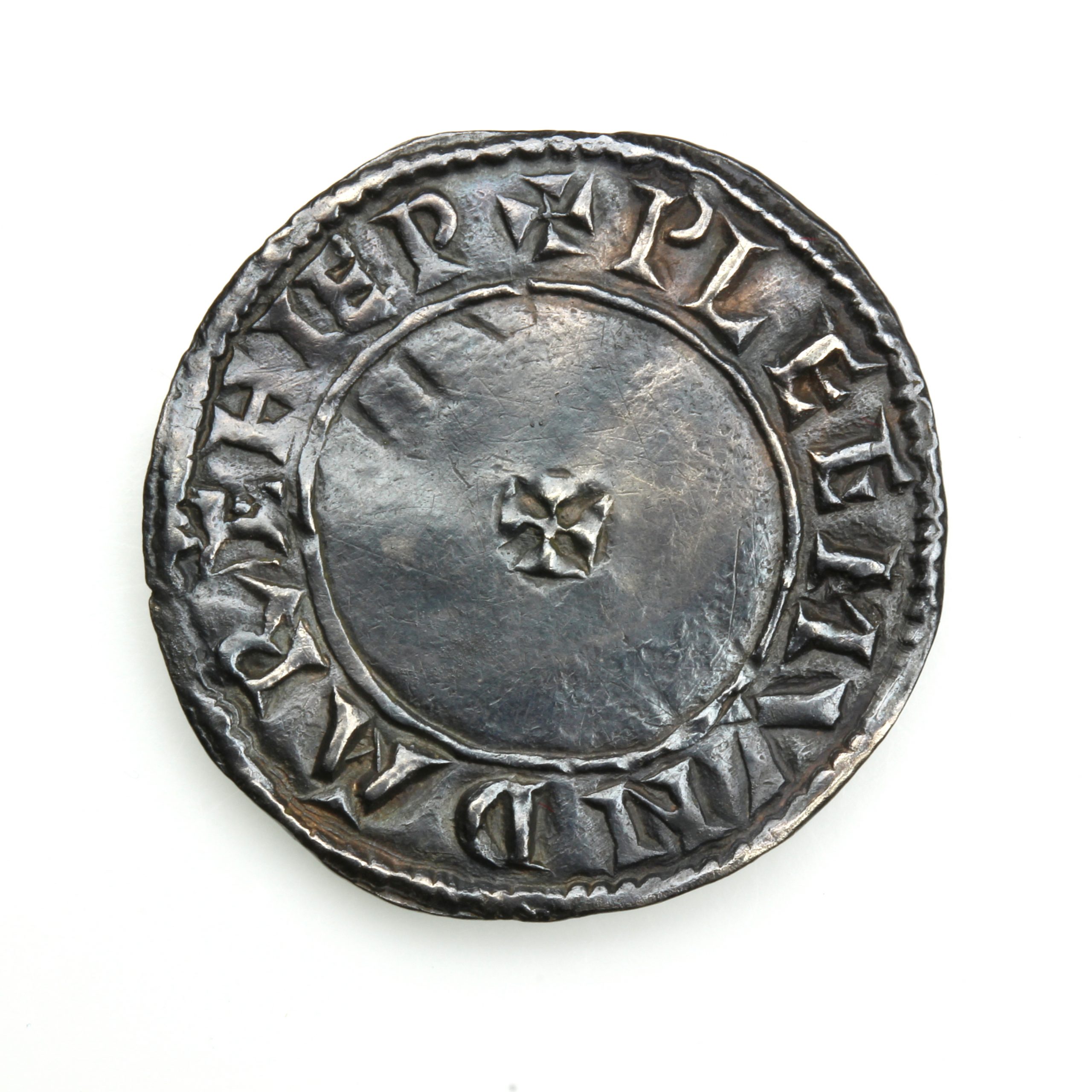 Plegmund (890-914/923) – the last Archbishop of Canterbury to issue coins in his own name, Plegmund’s task was almighty; with the See of Canterbury and Kent itself largely despoiled by prolonged raiding, much of his administration was concerned with raising clerical standards, restoring monastic houses and raising the quality of Latin transcription in authoring religious documents to the way they had originally been before the onset of large-scale Scandinavian raiding. Proposing the creation of many new dioceses in Wessex, he travelled to Rome in 908 for official Papal affirmation – the first Archbishop of Canterbury to undertake the journey in almost one-hundred years.
Plegmund (890-914/923) – the last Archbishop of Canterbury to issue coins in his own name, Plegmund’s task was almighty; with the See of Canterbury and Kent itself largely despoiled by prolonged raiding, much of his administration was concerned with raising clerical standards, restoring monastic houses and raising the quality of Latin transcription in authoring religious documents to the way they had originally been before the onset of large-scale Scandinavian raiding. Proposing the creation of many new dioceses in Wessex, he travelled to Rome in 908 for official Papal affirmation – the first Archbishop of Canterbury to undertake the journey in almost one-hundred years.



